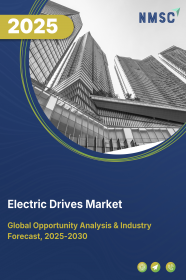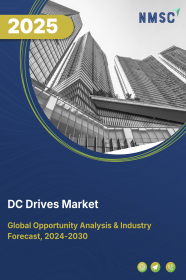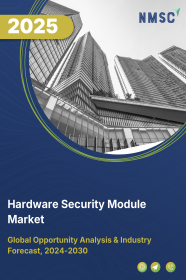
Hardware Security Module Market by Type (LAN Based, PCI Based, USB Based, and Others), by Deployment (On Premise, and Cloud Based), by Technology (General Purpose Cryptography and Quantum Cryptography), by Application (Payment Processing, Code & Document Signing, Security Sockets Layer & Transport Security and Others), and by Industry Vertical (Finance & Banking, Defence, Healthcare, Retail, E Commerce, Telecommunications and Others)–Global Opportunity Analysis and Industry Forecast 2025-2030.
US Tariff Impact on Hardware Security Module Market
Trump Tariffs Are Reshaping Global Business
Hardware Security Module Market Overview
The global Hardware Security Module Market size was valued at USD 1.65 billion in 2024 and is predicted to reach USD 3.35 billion by 2030 with a CAGR of 11.9% from 2025-2030.
Hardware security module (HSM) market is driven by several factors that includes surge in cloud adoption, rise in cybersecurity along with growth of digital transaction. Nevertheless, the significant initial expense restricts market expansion. Conversely, the incorporation of application programming interfaces in HSM is expected to provide significant opportunities for market expansion in the coming years. Major companies like Thales e-Security Inc., ETAS, FutureX and others are implementing different tactics to boost market expansion.
Surge in Cloud Adoption Boosts the Market Growth
The surge in cloud adoption increases the demand for robust encryption and key management solutions to safeguard data that in turn drives the market growth. The latest report of the European Union Commission report reveals that around 42.5% of enterprises adopted cloud computing service in 2023 that accounts for 4.2% increase from 2021. The hardware security module facilitates the generation, storage and management of cryptographic keys to protect sensitive data even in the event of a cloud environment compromise. The rise in transfer of data to the cloud by users propels the demand for HSMs as it helps to ensure security, compliance, and trustworthiness of cloud-based applications and services.
Rising Cybersecurity Threat Propels the Market Growth
The rising cybersecurity threat characterized by sophisticated cyberattacks in form of data breach and ransomware propels the industry growth. As per the latest report of the World Economic Forum report states that around 41% of organizations at global level suffers from cybersecurity threats caused by third party. such growing cybersecurity concerns drives the market growth as hardware security module helps in strong encryption and secure key management to protect sensitive data from unauthorized access and exploitation, thereby accelerating the market growth.
Rise in Digital Transaction Accelerates the Market Trends
Growth of digital transaction heightens the need for robust security measures to protect sensitive financial data that boosts the growth of HSM market. The latest report of the World Bank Report, reveals that around two-thirds of adults at global level make or receive a digital payment, with the share in developing economies grew from 35% in 2014 to 57% in 2022. This type of security module with their hardware-based security features and robust cryptographic capabilities increase trust and confidence in digital payment systems, driving its widespread adoption at global level.
High Upfront Cost Hinders the Market Demand
The high upfront cost restrains the hardware security module market growth of HSM by limiting the accessibility by the small and medium sized businesses. Additionally, the high upgradation cost also prevents the large enterprise to expand or introduce development in HSM that hinders the overall growth of the market.
Integration of Application Programming Interface (API) in HSM Creates Future Opportunity
The integration of application programming interface in HSM allow developers to programmatically interact with the HSM to enhance cryptographic operations and integrate security features into HSM’s systems is expected to create ample growth opportunities for the HSM market.
Market Segmentation and Scope of the Study
The HSM market report is segmented on the basis of type, deployment, technology, application, industry verticals and region. On the basis of type, the market is divided into LAN based, PCI based, USB based and others. On the basis of deployment, the market is divided into on premise and cloud based. On the basis of technology, the market is divided into general purpose cryptography and quantum cryptography. On the basis of application, the market is divided into payment processing, code & document signing, security sockets layer & transport security layer, authentication, application-level encryption, and others. On the basis of industry verticals, the market is divided into finance & banking, defence, healthcare, retail, e-commerce, telecommunications, and others. Regional breakdown and analysis of each of the aforesaid segments include regions comprising North America, Europe, Asia-Pacific, and RoW.
Geographical Analysis
North America holds the dominant share in the hardware security module market share and is projected to maintain its dominance throughout the forecast period. This is due to rising rate of cyber security incidence in the countries such as U.S. and Canada that necessities the adoption of robust data security solutions by organizations.
The latest report of the World Economic Forum reveals that the average cost of ransomware attack accounted for over USD 4.5 million in 2022. Hardware security module allows to maintain secure key management and protection against unauthorized usage. The surge in prevalence of data threats propels the need for advanced security measures, accelerating the market growth in the region.
Additionally, the presence of key players such as Ultra Electronics, Yubico and Crypto4 A Technologies is adopting various strategies such as product launch that further drives the demand for HSM in the region. For instance, in May 2023, Crypto4 ATechnologies introduced QxHSM that is a fifth-generation Hardware Security Module in Canada for enhancing operational effectiveness and reducing the overall cost of ownership. QxHSM ensures continuous and timely quantum-safe cryptographic security measures throughout its entire lifespan. The launch of such innovative HSM in the region widens the choice infront of customers to avail advanced technology HSM propelling its demand in the region.
On the other hand, Asia-Pacific is expected to show a steady rise in the hardware security module market. This is due to the rising cloud adoption in the region that increase the demand for robust encryption, and secure data management solutions. The report of the McKinsey Digital 2022, reveals that cloud adoption in China is expected to more than double in size to USD 90 billion by 2025 from USD 32 billion in 2021. HSM enhance the trust and assurance in cloud adoption by providing a hardware-based security solution for cryptographic operations and key management accelerating its demand in the region.
Furthermore, the surge in digital transaction rate in the region increases the need for robust security measures such as HSM to ensure the confidentiality and integrity of transactions. The latest report of the World Economic Forum Report reveals that India leads the global real–time payment transactions with around 48.6 billion transactions processed in 2022. HSM help in fraud prevention during online money transaction by encrypting sensitive payment data, securing authentication processes, and enabling secure transaction processing accelerating its market growth in the region.
Competitive Landscape
The encryption solutions market comprises of various market players such as Thales e-Security Inc., ETAS, FutureX, Hewlett Packard Enterprise Deployment, Atos SE, Ultra Electronics, Yubico, Ultra Electronics, IBM Corporation, Utimaco Management Services GmbH, Amazon Web Services, Inc., Sansec, STMicroelectronics, Crypto4A Technologies, Entrust Corporation and others. These market players are adopting various strategies including product launches and partnership to stay competitive and maintain their market positions.
For instance, in February, 2024, ETAS introduced ESCRYPT CycurHSM, a next-generation HSM firmware to enable security features and performance improvements for automotive embedded systems. This product launch strengthened the cybersecurity measures in automotives and cater to the evolving industry standards for secure data communication and storage.
Further, in August 2023, Thales launched Thales PayShield Cloud HSM that introduced secure key management and cryptographic operations for cloud-based payment transactions. This product launch aimed to enhance security and compliance in online payment processing and address the rising demand for robust protection against cyber threats in the digital payment ecosystem.
Key Benefits
-
The report provides quantitative analysis and estimations of the data security hardware market from 2025 to 2030, which assists in identifying the prevailing industry opportunities.
-
The study comprises a deep dive analysis of the current and future hardware security module market trends to depict prevalent investment pockets in the industry.
-
Information related to key drivers, restraints, and opportunities and their impact on the hardware security module market trend is provided in the report.
-
Competitive analysis of the key players, along with their market share is provided in the report.
-
SWOT analysis and Porters Five Forces model is elaborated on the study.
-
Value chain analysis in the market study provides a clear picture of roles of stakeholders.
Hardware Security Module Market Key Segments
By Type
-
LAN Based
-
PCI Based
-
USB Based
-
Others
By Deployment
-
On Premise
-
Cloud Based
By Technology
-
General Purpose Cryptography
-
Quantum Cryptography
By Application
-
Payment Processing
-
Code & Document Signing
-
Security Sockets Layer & Transport Security Layer
-
Authentication
-
Application-Level Encryption
-
Others
By Industry Verticals
-
Finance & Banking
-
Defense
-
Healthcare
-
Retail
-
E Commerce
-
Telecommunications
-
Others
By Region
-
North America
-
The U.S.
-
Canada
-
Mexico
-
-
Europe
-
The UK
-
Germany
-
France
-
Italy
-
Spain
-
Denmark
-
Netherlands
-
Finland
-
Sweden
-
Norway
-
Russia
-
Rest of Europe
-
-
Asia Pacific
-
China
-
Japan
-
India
-
South Korea
-
Australia
-
Indonesia
-
Singapore
-
Taiwan
-
Thailand
-
Rest of Asia Pacific
-
-
RoW
-
Latin America
-
Middle East
-
Africa
-
Key Players
-
Thales e-Security Inc.
-
ETAS
-
FutureX
-
Hewlett Packard Enterprise Deployment
-
Atos SE
-
Ultra Electronics
-
Yubico
-
Ultra Electronics
-
IBM Corporation
-
Utimaco Management Services GmbH
-
Amazon Web Services, Inc.
-
Sansec
-
STMicroelectronics
-
Crypto4A Technologies
-
Entrust Corporation
REPORT SCOPE AND SEGMENTATION:
|
Parameters |
Details |
|
Market Size in 2024 |
USD 1.65 billion |
|
Revenue Forecast in 2030 |
USD 3.35 billion |
|
Growth Rate |
CAGR of 11.9% from 2025 to 2030 |
|
Analysis Period |
2024–2030 |
|
Base Year Considered |
2024 |
|
Forecast Period |
2025–2030 |
|
Market Size Estimation |
Billion (USD) |
|
Growth Factors |
|
|
Countries Covered |
28 |
|
Companies Profiled |
15 |
|
Market Share |
Available for 10 companies |
|
Customization Scope |
Free customization (equivalent up to 80 working hours of analysts) after purchase. Addition or alteration to country, regional, and segment scope. |
|
Pricing and Purchase Options |
Avail customized purchase options to meet your exact research needs. |








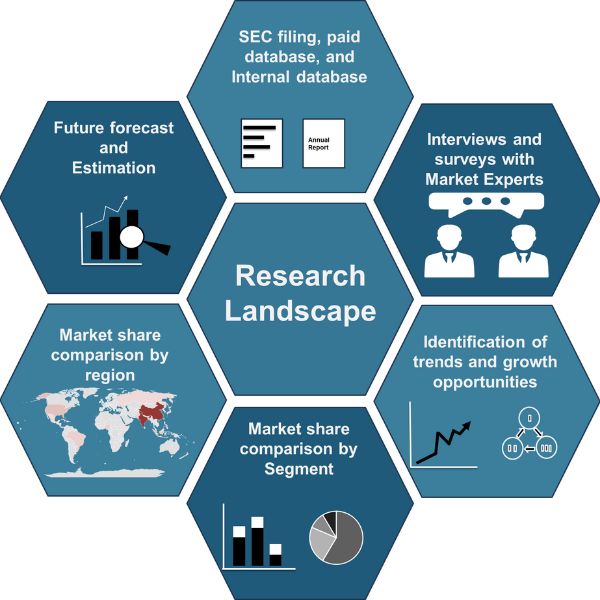





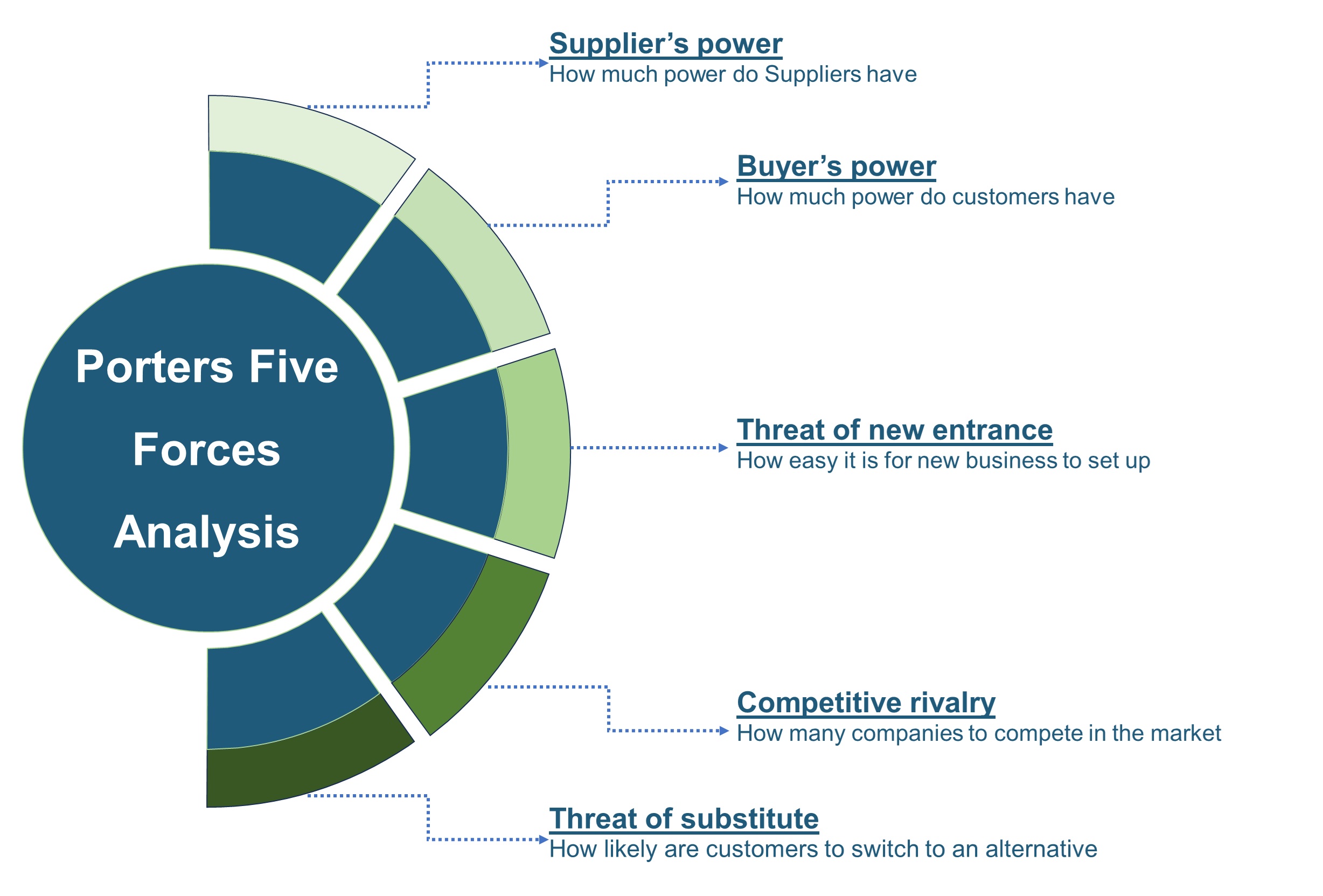

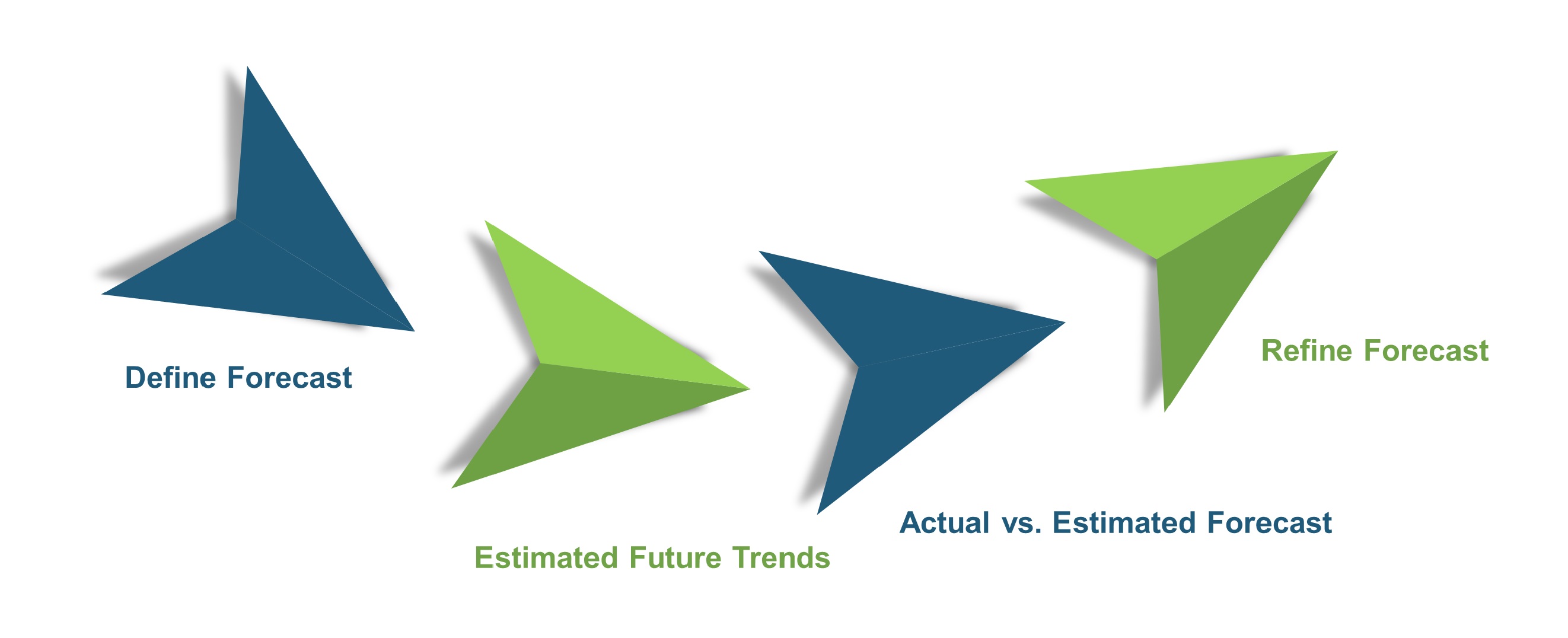
 Speak to Our Analyst
Speak to Our Analyst



